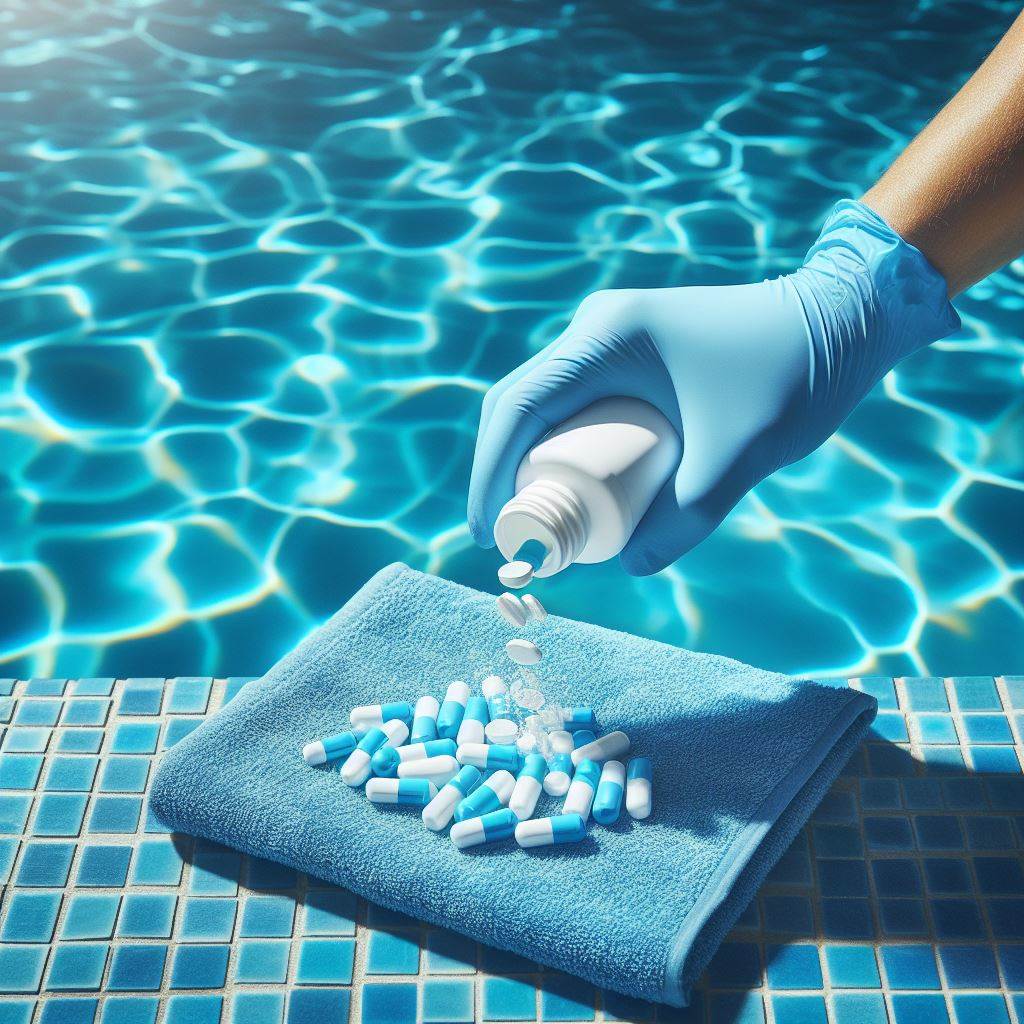Maintaining a sparkling clean and sanitized swimming pool is crucial for ensuring the safety and enjoyment of swimmers. Chlorine tablets, a popular choice for pool sanitization, come in various sizes and formulations to meet different pool needs. This article delves into how to determine the most suitable size of pool chlorine tablets for effective pool maintenance, ensuring your swimming environment remains pristine and healthy.

Understanding Chlorine Tablets
Before diving into sizes, it’s essential to understand what chlorine tablets are and how they work. Comprising concentrated chlorine, these tablets dissolve slowly in pool water, releasing chlorine gradually to kill bacteria, algae, and other harmful organisms. We’ll explore the chemistry behind chlorine tablets, their stabilizers, and their role in maintaining the desired chlorine levels in pool water.
The Role of Chlorine in Pool Sanitization
Chlorine’s role extends beyond merely killing pathogens. It also oxidizes organic debris, clears cloudy water, and prevents algae growth. The article will briefly touch on the science of chlorine in water treatment and its effectiveness in ensuring a safe swimming environment.
Factors Influencing Chlorine Tablet Size Selection
Selecting the right size of chlorine tablet is not a one-size-fits-all solution. Several factors come into play, including pool size, type (in-ground vs. above-ground), frequency of use, exposure to sunlight, and the existing pool maintenance routine.
Pool Size and Volume
The size and volume of your pool are the primary determinants of the chlorine tablet size needed. Larger pools require more chlorine to maintain the same sanitizer levels as smaller pools. We’ll provide guidelines on calculating your pool’s volume and the corresponding chlorine demand.
Type of Pool
The type of pool—whether it’s in-ground, above-ground, indoor, or outdoor—can affect the rate at which chlorine is consumed. For example, outdoor pools may require more chlorine due to increased exposure to sunlight and environmental contaminants.
Frequency of Use
Pools with high bather loads consume sanitizer more rapidly due to the introduction of sweat, oils, and other organic materials. Adjusting tablet size or frequency of addition might be necessary to keep up with the increased demand.
Sunlight Exposure
UV rays from sunlight break down chlorine, reducing its effectiveness. Stabilized chlorine tablets, which contain cyanuric acid, can help protect chlorine from UV degradation. The amount of sunlight exposure can influence the choice of tablet size and formulation.
Different Sizes of Chlorine Tablets and Their Applications
Chlorine tablets commonly come in 1-inch and 3-inch sizes, with each serving different needs effectively. This section will compare these sizes, discussing their pros and cons, and guiding on selecting the best size based on the factors previously mentioned.
1-inch Tablets
Ideal for smaller pools, spas, and hot tubs, 1-inch tablets dissolve more quickly than their larger counterparts, making them suitable for applications where a rapid increase in chlorine levels might be needed.
3-inch Tablets
The most commonly used size for residential and commercial pools, 3-inch tablets offer a slow-dissolving, long-lasting chlorination solution. Suitable for larger pools or those with a high bather load, these tablets are often preferred for their convenience and efficiency in maintaining chlorine levels over time.
Best Practices for Using Chlorine Tablets
Regardless of size, proper handling and usage of chlorine tablets are paramount to ensure safety and effectiveness. This section covers safety precautions, storage, and tips for using chlorine tablets in floating dispensers, skimmer baskets, or automatic feeders.
Adjusting for Seasonal Changes and Special Circumstances
Pool maintenance isn’t static; it evolves with changing seasons and varying usage patterns. We’ll discuss how to adjust chlorine tablet size and application frequency during peak swimming seasons, after heavy usage, or when preparing for pool opening or closing.
Conclusion
Choosing the right size of chlorine tablet is crucial for effective pool maintenance. By considering pool volume, type, usage patterns, and environmental factors, pool owners can ensure their pools remain clean, safe, and inviting. As advancements in pool chemistry continue, staying informed about best practices in pool sanitation will help maintain the delicate balance between effective sanitization and water chemistry.

 Instant
Quote
Instant
Quote Email
Us
Email
Us